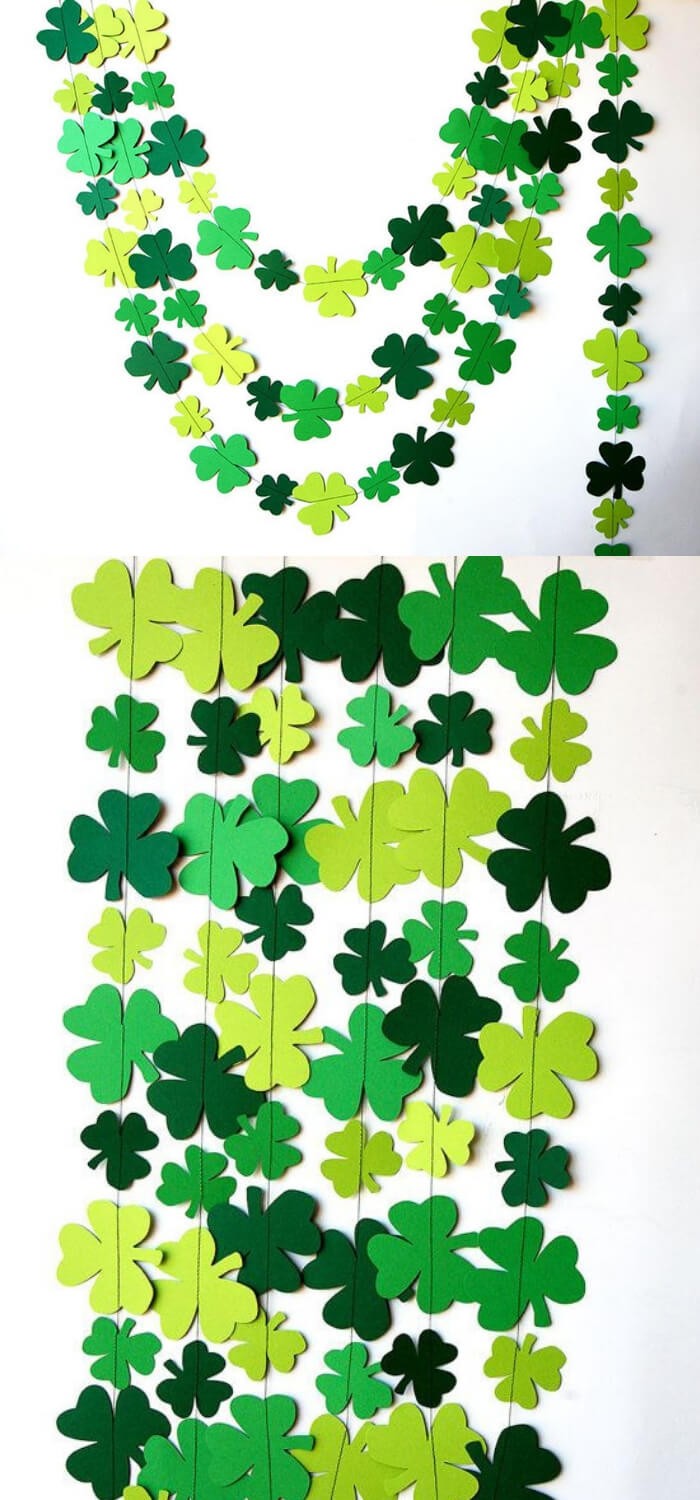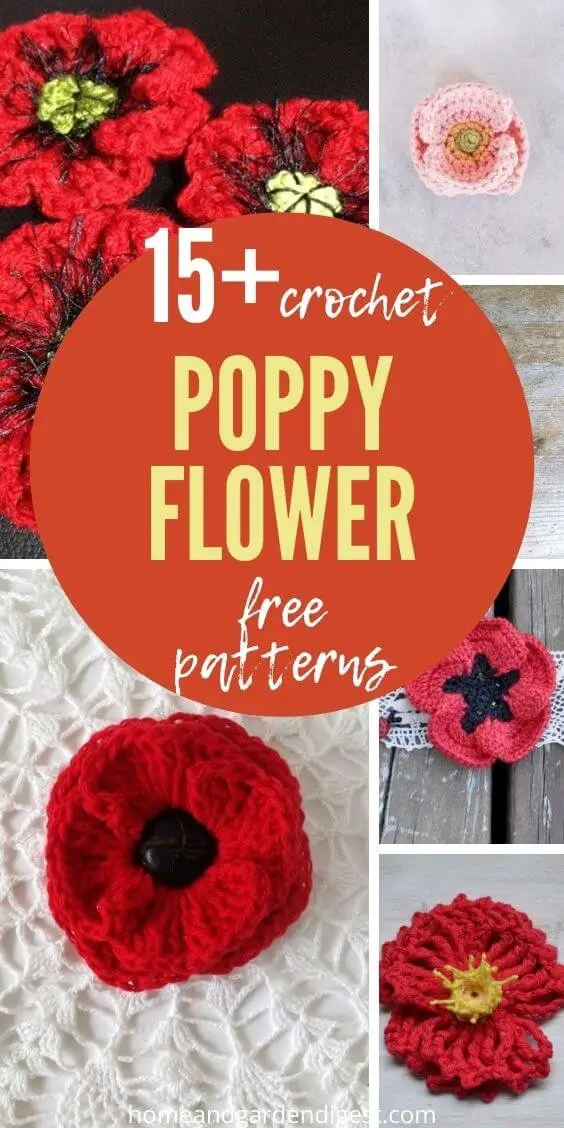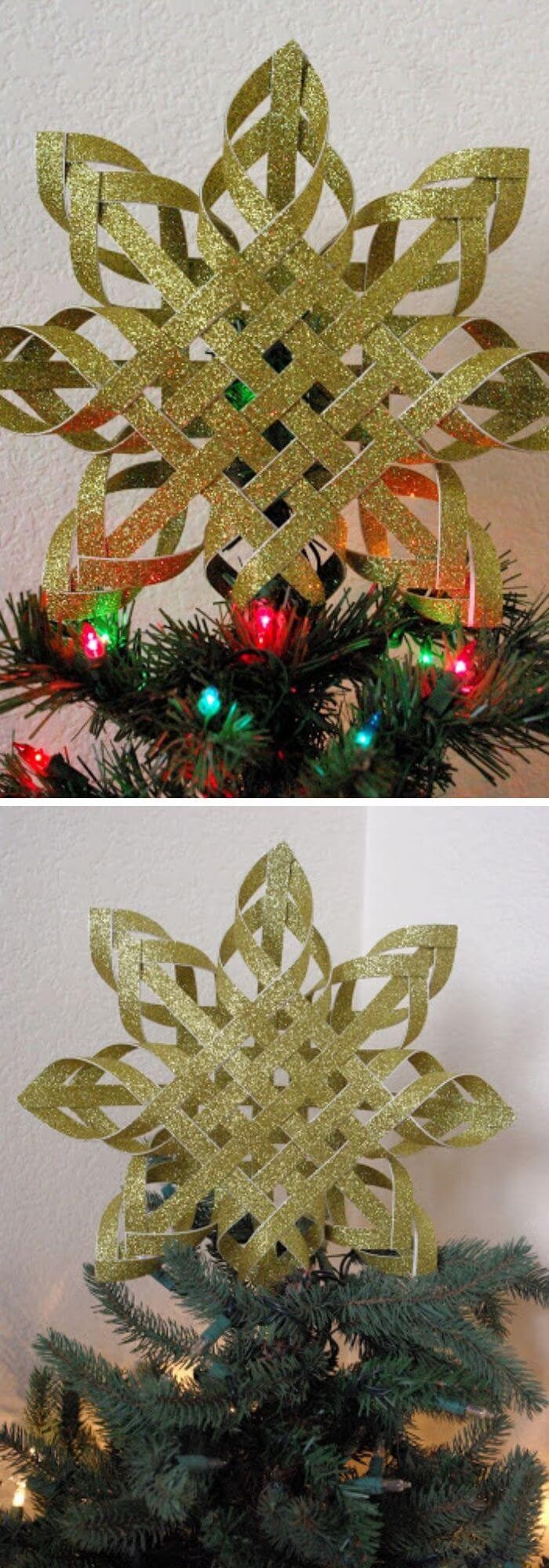Echeveria Perle Von Nurnberg: Facts, Growing, Care, Problems
The Echeveria perle von Nurnberg, affectionately referred to as simply Nurnberg or Pearl of Nurnberg, is a prized evergreen succulent. Its unique hybrid lineage, stemming from the union of Echeveria gibbiflora (also known as Metalica) and Echeveria elegans/potosina, sets it apart from its fellow Echeveria variants. One of its most striking features is its vibrant palette of pink and green tones, which has earned it a special place in the hearts of succulent enthusiasts.
But what are the fundamental care requirements for this beloved succulent?
Quick Facts

To gain a deeper understanding of the Pearl of Nurnberg, let’s start by exploring its unique characteristics. Did you know that this plant has an impressive rosette growth rate? Under average conditions, its rosettes typically reach 3 to 5 inches in size, but with constant full sunlight, they can expand up to 6 inches, showcasing the power of optimal growing conditions. One of the Pearl of Nurnberg’s most striking features is the thin, scattered white powder that covers its leaves.
This wintery effect is reminiscent of sprinkles of frost, adding an air of serenity to its overall appearance. While the Pearl of Nurnberg isn’t winter-hardy and can be susceptible to cold temperatures, it does possess some level of cold tolerance. On the other hand, despite not being drought- hardy, this plant has proven capable of thriving in hot environments, making it an intriguing option for those looking to add a touch of uniqueness to their gardens or indoor spaces.
Planting

#1. When to Plant
When it comes to planting your succulent, it’s essential to consider its unique characteristic of being winter-dormant. This means that the ideal time for planting is not when the weather is getting cold or during the winter months. Instead, look for the late summer and early spring seasons as the perfect moments to give your succulent a new home.
#2. Where to Plant
According to USDA guidelines, the Nurnberg variety exhibits robust hardiness, allowing it to thrive outdoors within a temperature range of 25-40°F (−4 to 4°C). For optimal growth, plant it in well-draining soils with a mix of sand and loam. Ensure that your chosen location receives six hours of direct sunlight, while also providing shade to protect the plant from excessive heat.
#3. How to Plant
To successfully plant a Nurnberg succulent, follow these straightforward steps: Begin by preparing the potting mix according to the specific soil components and combinations outlined later in this section. Next, decide on the planting method that suits your needs – leaf cuttings, stem cuttings, or rooting are all viable options.
Finally, select a strategic location where the plant will receive sufficient sunlight and maintain it with regular watering, three times a week initially, before gradually reducing the frequency once it reaches three inches in height.
Care

#1. Soil
The Nurnberg cactus excels in well-drained soil, which allows excess water to flow freely. While a specialized potting mix like cactus pot mix can be used, it’s essential to enhance drainage by incorporating pumice and lava rocks into the mix. This variant also necessitates biennial repotting, where you’ll need to transplant it into a fresh pot filled with new soil to maintain its health.
#2. Light and Temperature
While the Nurnberg doesn’t demand intense lighting, it does thrive in partial shade or full sun exposure. In fact, placing it under full sun for around six hours a day can actually enhance its beauty as the faded pink edges transform into a deeper hue. However, to ensure the plant’s survival, it’s essential to provide protection from extreme cold temperatures.
Specifically, the Nurnberg can tolerate a range of 25-30°F (-4°C to -1°C), although ideal conditions are maintained at a temperature no higher than 40°F (4°C).
#3. Water and Humidity
While Echeveria doesn’t require a specific watering schedule due to its natural drought tolerance, it’s still crucial to provide consistent moisture during its growth phase. As a general rule, water your plant once every three days when it’s actively growing and reaching heights of up to three inches. However, this frequency may vary depending on the humidity levels in your environment. If you live in an area with high humidity, you might need to adjust your watering schedule accordingly.
It’s essential to make sure the soil has fully dried out between waterings to prevent overwatering, which can be fatal for your Echeveria. As the plant matures and its leaves begin to sprout, you’ll likely find that you can reduce the frequency of watering. Just keep an eye on your plant’s condition and adjust your watering routine accordingly.
#4. Fertilizer
When it comes to nourishing your Nurnberg succulent, timing is everything. Optimal fertilization occurs during the growth phase, which typically falls in spring and late summer. To fuel its development, seek out well-balanced fertilizers bearing the 8-8-8 or 10-10-10 label, as these provide a harmonious blend of nitrogen, phosphorus, and potassium.
#5. Propagation
The Nurnberg’s unique characteristic is its winter dormancy, rendering it unsuitable for propagation during this season. However, as spring and late summer arrive, propagation becomes an exciting opportunity. To successfully propagate the Nurnberg, consider leaf planting, beheading, or stem cuttings, all of which can be done effectively during these periods.
#6. Pruning
The Nurnberg succulent stands out for its low-maintenance requirements. One of its most appealing features is that it doesn’t demand frequent pruning sessions. Instead, it only needs occasional attention to remove dead leaves, re-root once a year, and clip every three years, making it an ideal choice for busy gardeners or those new to the world of succulents.
Growing Problems
#1. Growing Problems and Diseases
Fungal diseases are a common issue that can arise from overwatering, where roots and stems become saturated with excess water and soil compaction hinders proper drainage. As a result, you may notice black spots appearing on the stem or leaves, or scattered white and green markings on the rosettes, indicating the presence of harmful fungi.
#2. Pests
The Nurnberg succulent is particularly susceptible to mealybugs, which often infest dead leaves. As such, removing these pests through regular maintenance is crucial for this variety’s health. Furthermore, the Nurnberg’s wide rosettes make it a popular target for weevils and aphids as well.
FAQs

#1. Will the Nurnberg grow flowers? If yes, when?
The Nurnberg’s natural behavior is to thrive in the spring season, producing vibrant yellow flowers. While its blooms may take on a softer, more muted tone when grown in shaded conditions, they tend to deepen into rich, darker yellows when exposed to direct sunlight.
#2. What is its main difference from other Echeveria variants?
One of the exceptional characteristics of this particular Echeveria species is its adaptability to diverse climatic conditions. While many Echeverias thrive in specific temperature ranges, this variety can flourish in both tropical and temperate environments, as long as it’s not subjected to extreme temperatures below -1.2°C or above 36°C.
Pictures of Echeveria ‘Perle von Nurnberg’



Related Posts
Succulent enthusiasts, rejoice! When it comes to nurturing the unique charm of string-of-pearls plants, their coral cactus cousins, or even the mesmerizing Peperomia Graveolens ‘Ruby Glow’, attention to detail is key. But, what about those times when your succulents seem to be on the brink of collapse? In this realm of prickly beauty, understanding the intricacies of growth and care can make all the difference between life and death.
This is especially true for Rhipsalis cereuscula, whose delicate tendrils require a gentle touch. And so, we’ll delve into the world of succulent cultivation, exploring the secrets to thriving in containers without drainage, as well as the specific requirements for Ceropegia woodii variegata ‘String of Hearts’.






